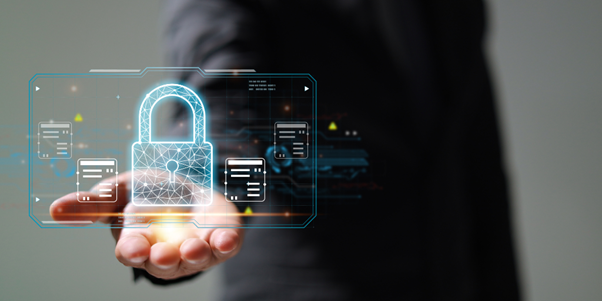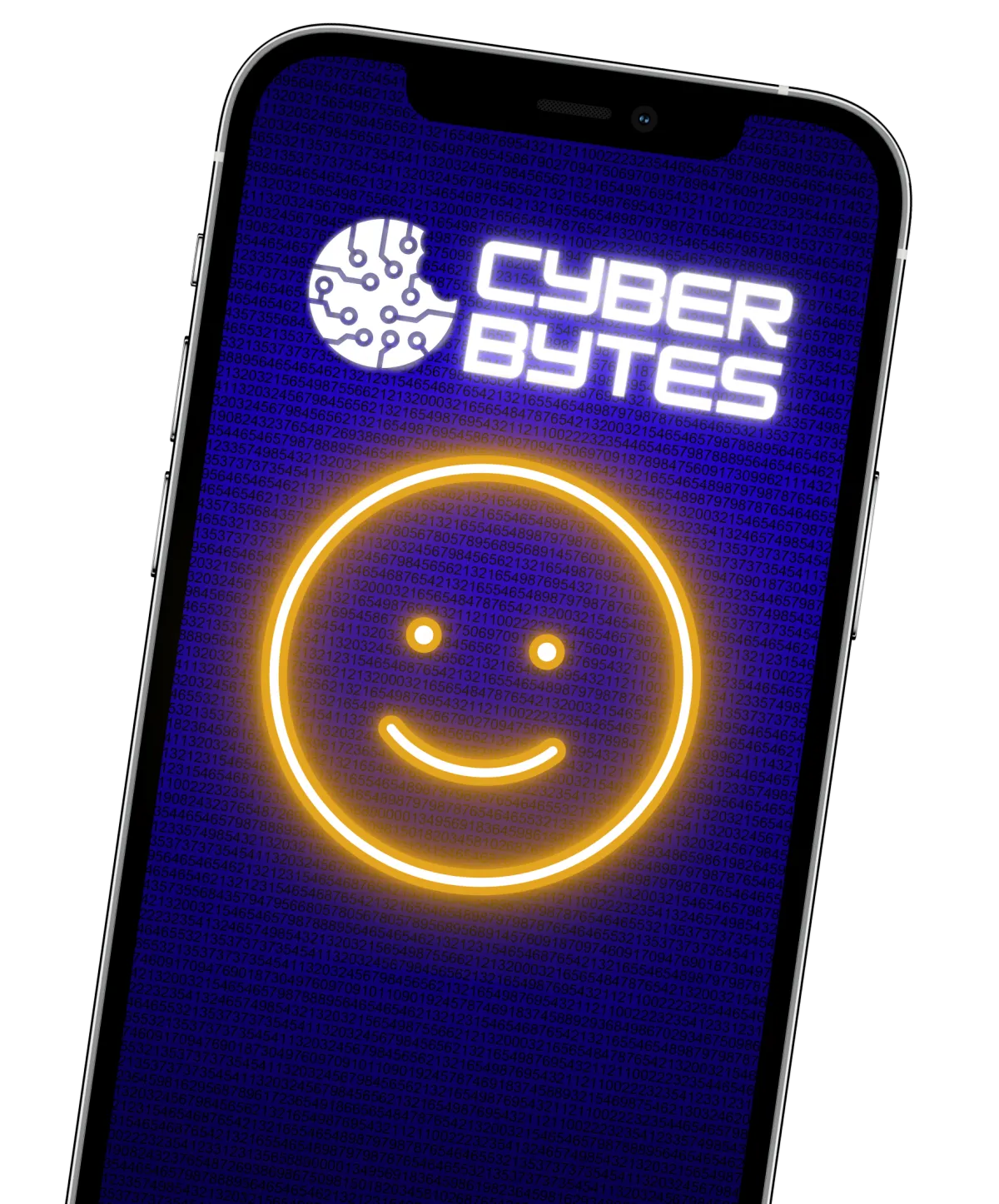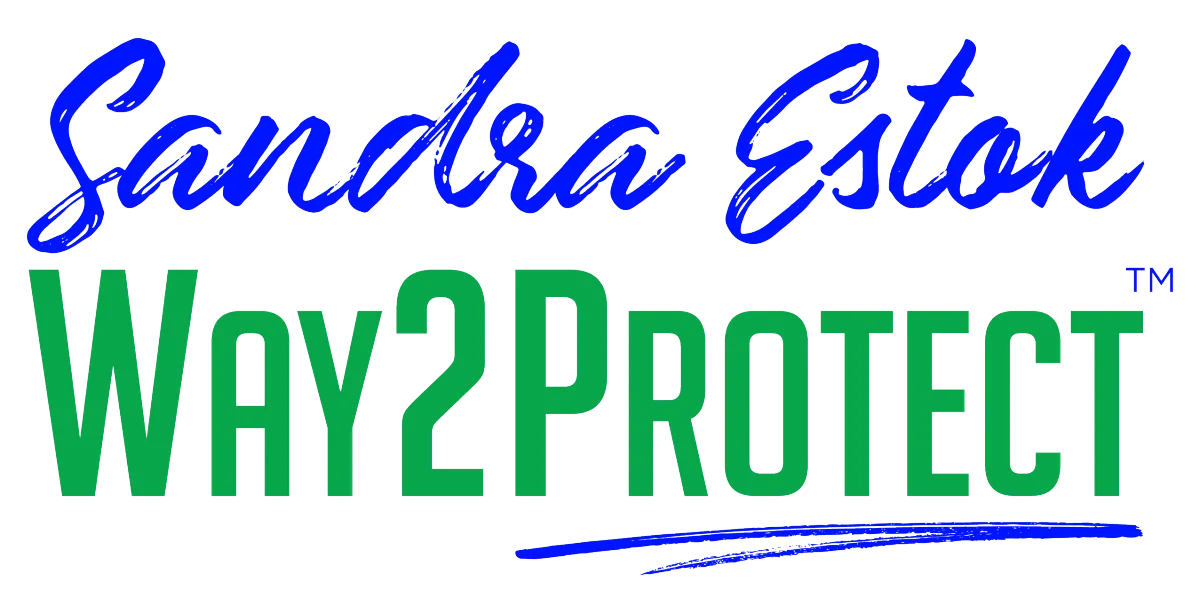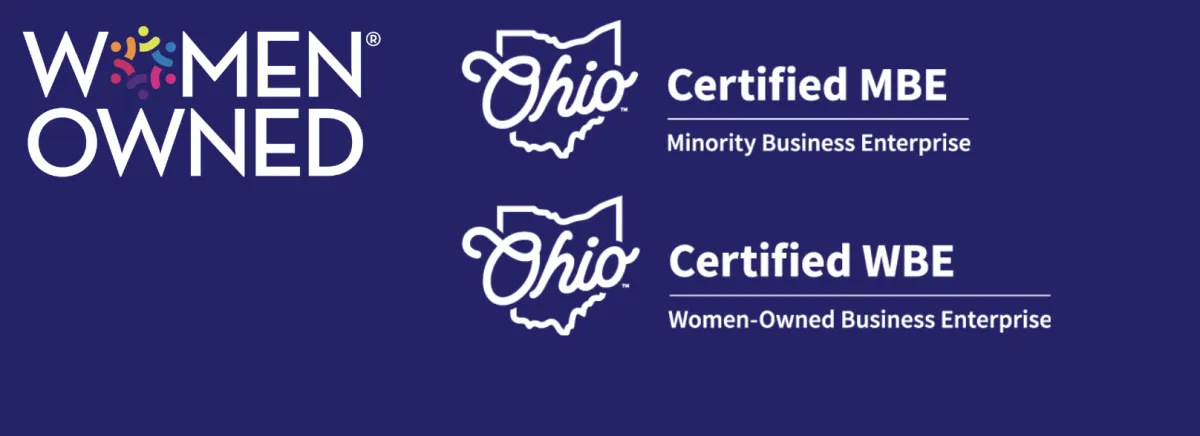You are what you click!
Learn how to make cybersecurity your way of life in an easy and guided way.
You are what you click!
Become Cyber savvy
EXPLORE BLOG BELOW
You are what you click!
Become Cyber savvy
You are what you click!
Become Cyber savvy
You are what you click!
Become Cyber savvy

Unlocking Email Security: 3 Foolproof Methods to Determine If an Email is Safe
Have you ever received an email from a friend, asking for a favor that involves money?
You feel so conflicted because you want to help, but the message feels sketchy, or just wrong, especially because they rarely communicate by email.
Chances are, you were looking at an email sent by a hacker, scammer, or a Cybermonster, hoping you will click on the link they sent, or open the attachment attached.
Cybermonsters also send messages saying you won the lottery (even though you haven’t even bought a ticket), or that you won an amazing prize, which you can collect instantly if you’d just “click here.”
Email has become such an important method of communication, so of course we need to use it, but we need to be aware of the many risks that come with it.
With the tap of a mouse, you could accidentally download malware (malicious software) directly to your device, and potentially lose your most precious information.
Sometimes it’s hard to accept that even when the email sender claims to be your close family or friends, it could really be a hacker on the other side, intercepting their emails, hiding behind their name, trying to steal your time, money, and your online identity!

What can you do to find out if an email is safe?
I want to share 3 sure fire ways that will help you be aware and stay alert when it comes to checking your emails:
Check for red flags – Scam emails often come with grammatical errors, misspellings, and other mistakes. Before you click anything or reply, take a pause and re-read carefully and thoroughly. If the sender claims to be someone you know, contact that person by voice or text, to verify whether they really sent you that email. Investing a few extra minutes to validate the source can save you days, months and sometimes years to recover from a cyber attack.
Check for unexpected requests – If someone is asking for money, resources, your personal information, account or password information or any other strange, specific request, then think twice.
Check for urgency – Look for words like ”now,” “immediately,” or any other words or phrases that give you limited time to reply or fulfill the request, like “you must respond today.”
Validate before opening a file or clicking on a link – Never open a file or click on a link without verifying it first. There are many tools available that can help you find out if that link really goes to the site you are expecting, and if that file contains needed information, or malicious content.

Read my post How to Test A Link Is Safe Without Clicking On It and check out these tools:
Google Safe Browsing site status
Virus Total
URLvoid
TrendMicro Site Safety
Norton Safe Web
I suggest you bookmark these link verification tools so they are available for you when needed. Use various (two or more) tools, since any website can be impersonated by Cybermonsters.
Remember that you have control over your cyber-safety, and your email is one of the realms in your cyber world that needs the most security. Being Cyber-mindful and aware when you use technology is your best protection!
How can you tell an email is safe? Share in the comments!
You May also like to Read: Understanding Privacy and Code of Conduct
Cloning Attack in Cyber Security types, Signs and Preventions
5 Secrets to Protect Your Passwords
Whitelist vs. Blacklist: Crucial Differences & Significance
How Can You Protect Yourself On Social Networking Sites
Malware vs Ransomware – Discover The Differences and How To Protect Yourself

Sandra Estok
Subscribe for more ways to protect what matters most to you against hackers, scammers, and Cybermonsters™
Latest blog posts:

Unlocking Email Security: 3 Foolproof Methods to Determine If an Email is Safe
Have you ever received an email from a friend, asking for a favor that involves money?
You feel so conflicted because you want to help, but the message feels sketchy, or just wrong, especially because they rarely communicate by email.
Chances are, you were looking at an email sent by a hacker, scammer, or a Cybermonster, hoping you will click on the link they sent, or open the attachment attached.
Cybermonsters also send messages saying you won the lottery (even though you haven’t even bought a ticket), or that you won an amazing prize, which you can collect instantly if you’d just “click here.”
Email has become such an important method of communication, so of course we need to use it, but we need to be aware of the many risks that come with it.
With the tap of a mouse, you could accidentally download malware (malicious software) directly to your device, and potentially lose your most precious information.
Sometimes it’s hard to accept that even when the email sender claims to be your close family or friends, it could really be a hacker on the other side, intercepting their emails, hiding behind their name, trying to steal your time, money, and your online identity!

What can you do to find out if an email is safe?
I want to share 3 sure fire ways that will help you be aware and stay alert when it comes to checking your emails:
Check for red flags – Scam emails often come with grammatical errors, misspellings, and other mistakes. Before you click anything or reply, take a pause and re-read carefully and thoroughly. If the sender claims to be someone you know, contact that person by voice or text, to verify whether they really sent you that email. Investing a few extra minutes to validate the source can save you days, months and sometimes years to recover from a cyber attack.
Check for unexpected requests – If someone is asking for money, resources, your personal information, account or password information or any other strange, specific request, then think twice.
Check for urgency – Look for words like ”now,” “immediately,” or any other words or phrases that give you limited time to reply or fulfill the request, like “you must respond today.”
Validate before opening a file or clicking on a link – Never open a file or click on a link without verifying it first. There are many tools available that can help you find out if that link really goes to the site you are expecting, and if that file contains needed information, or malicious content.

Read my post How to Test A Link Is Safe Without Clicking On It and check out these tools:
Google Safe Browsing site status
Virus Total
URLvoid
TrendMicro Site Safety
Norton Safe Web
I suggest you bookmark these link verification tools so they are available for you when needed. Use various (two or more) tools, since any website can be impersonated by Cybermonsters.
Remember that you have control over your cyber-safety, and your email is one of the realms in your cyber world that needs the most security. Being Cyber-mindful and aware when you use technology is your best protection!
How can you tell an email is safe? Share in the comments!
You May also like to Read: Understanding Privacy and Code of Conduct
Cloning Attack in Cyber Security types, Signs and Preventions
5 Secrets to Protect Your Passwords
Whitelist vs. Blacklist: Crucial Differences & Significance
How Can You Protect Yourself On Social Networking Sites
Malware vs Ransomware – Discover The Differences and How To Protect Yourself

Sandra Estok
Subscribe for more ways to protect what matters most to you against hackers, scammers, and Cybermonsters™
Stop Hackers, Scammers and Cybermonsters in their tracks.
Take charge of your Cyber Life today!
Push Cybermonsters away from your private data.
Subscribe to my newsletter about cybersecurity and cyber safety. New issues every Tuesday.




